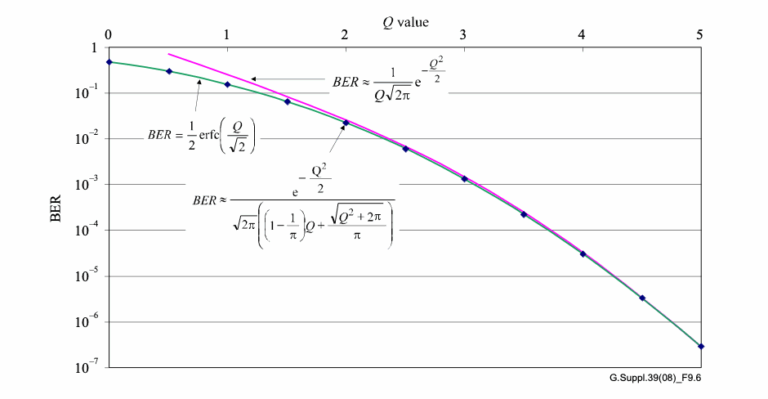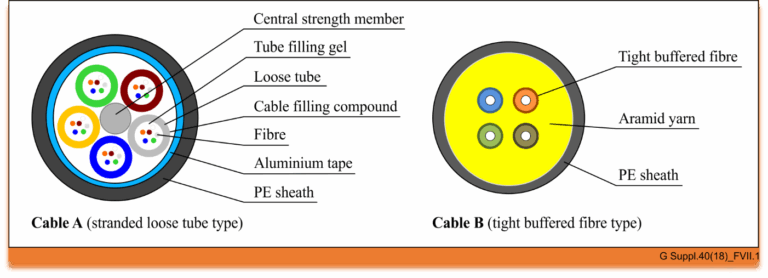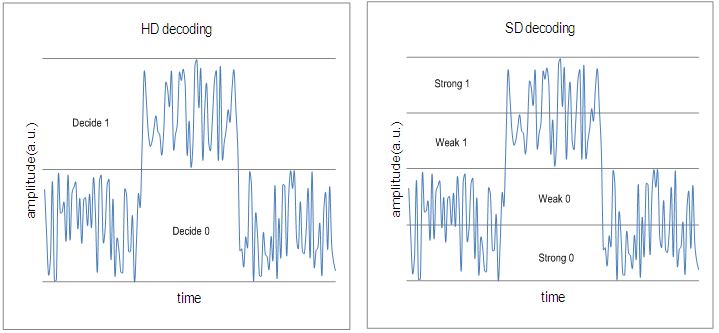HomePosts tagged “Data transmission”
Data transmission
Showing 1 - 8 of 8 results
The world of optical communication is undergoing a transformation with the introduction of Hollow Core Fiber (HCF) technology. This revolutionary...
-
Free
-
March 26, 2025
The advent of 5G technology is set to revolutionise the way we connect, and at its core lies a sophisticated...
-
Free
-
March 26, 2025
Optical networks are the backbone of the internet, carrying vast amounts of data over great distances at the speed of...
-
Free
-
March 26, 2025
Forward Error Correction (FEC) has become an indispensable tool in modern optical communication, enhancing signal integrity and extending transmission distances....
-
Free
-
March 26, 2025
Signal integrity is the cornerstone of effective fiber optic communication. In this sphere, two metrics stand paramount: Bit Error Ratio...
-
Free
-
March 26, 2025
Introduction The telecommunications industry constantly strives to maximize the use of fiber optic capacity. Despite the broad spectral width of...
-
Free
-
March 26, 2025
The world of optical communication is intricate, with different cable types designed for specific environments and applications. Today, we’re diving...
-
Free
-
March 26, 2025
Items HD-FEC SD-FEC Definition Decoding based on hard-bits(the output is quantized only to two levels) is called the “HD(hard-decision) decoding”,...
-
Free
-
March 26, 2025
Explore Articles
Filter Articles
ResetExplore Courses
Tags
automation
ber
Chromatic Dispersion
coherent optical transmission
Data transmission
DWDM
edfa
EDFAs
Erbium-Doped Fiber Amplifiers
fec
Fiber optics
Fiber optic technology
Forward Error Correction
Latency
modulation
network automation
network management
Network performance
noise figure
optical
optical amplifiers
optical automation
Optical communication
Optical fiber
Optical network
optical networking
Optical networks
Optical performance
Optical signal-to-noise ratio
Optical transmission
Optical transport network
OSNR
OTN
Q-factor
Raman Amplifier
SDH
Signal amplification
Signal integrity
Signal quality
Slider
submarine
submarine communication
submarine optical networking
Telecommunications
Ticker








